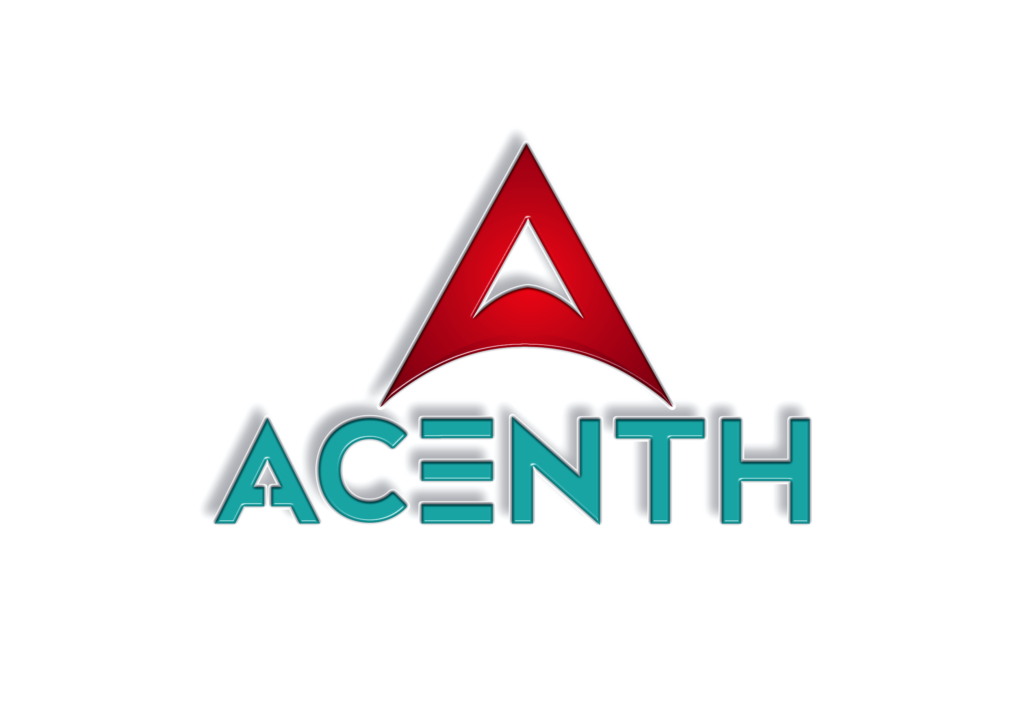As the field of in-vitro diagnostics (IVD) experiences exponential growth, its implications for Clinical Research Organizations (CROs) are profound. An integral component of this growth is navigating the often intricate waters of intellectual property (IP). Understanding these challenges is critical for a CRO to ensure successful IVD development. Acenth delves into the intricacies of this subject, offering a comprehensive perspective tailored for healthcare professionals.
1. The Value of Intellectual Property in IVD
In IVD development, intellectual property isn’t just a formality—it’s a core asset. It protects the novel techniques, technologies, and methodologies innovated by CROs. Moreover, it offers a competitive advantage in the market, ensuring that the proprietary processes and technologies employed remain exclusive.
2. The Maze of Patenting
Securing patents for IVD developments is a primary concern for many CROs:
- Differentiation: It’s essential to ensure that the IVD method or technology is genuinely novel and not merely an incremental change over existing methods.
- Thorough Research: Before filing, a comprehensive patent search is mandatory to avoid infringements.
- International Patents: Given the global nature of IVD, considering international patents, especially in key markets, is pivotal.
3. Trade Secrets Versus Patents
While patents provide open protection for a fixed period, trade secrets can offer protection indefinitely, as long as the secret remains undisclosed. CROs need to weigh the advantages of public patent protection against the indefinite protection that trade secrets might offer for certain IVD innovations.
4. Licensing and Collaborations
Many CROs engage in licensing agreements or collaborations:
- Licensing: Allows another entity to use the patented IVD method, typically in exchange for royalties.
- Collaborations: Involve joint ventures with other organizations, where IP rights need to be clearly delineated from the outset.
5. Defending Intellectual Property
Unfortunately, IP infringements can and do occur:
- Vigilance: Regular monitoring to ensure no unauthorized use of the IVD development is essential.
- Legal Action: In cases of infringement, CROs may need to take legal recourse to protect their intellectual assets.
6. Changes in IP Landscape
The world of intellectual property is not static. Both domestically and internationally, patent law changes can impact how CROs protect their IVD developments. Keeping abreast of these changes is critical.
Navigating Intellectual Property in IVD: Let Acenth Guide You
Navigating the challenges of intellectual property in IVD development is a nuanced journey. It requires a thorough understanding of the landscape, an eye for detail, and the expertise to make informed decisions. Acenth is here to support Clinical Research Organizations in this endeavor. With our vast experience and tailored solutions for healthcare professionals, we ensure that your IVD innovations are protected and primed for success. Reach out to Acenth today, and let’s transform the future of IVD together.
Sources























